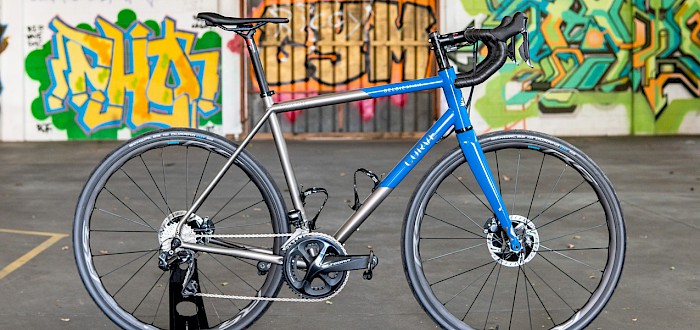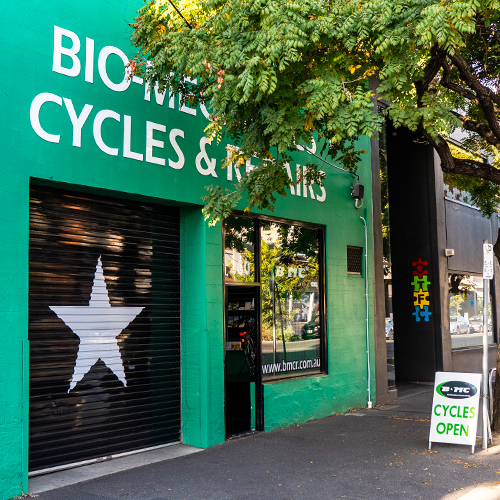5 Easy Ways To Get More Comfortable On Your Bike

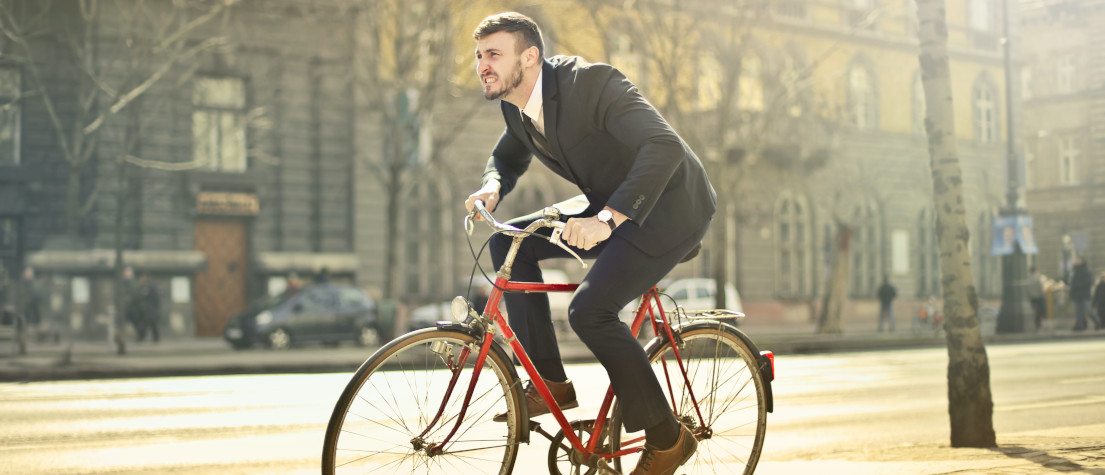
Numb fingers. Aching shoulders. Squished and tender bits. Do any of these sound familiar when you're riding a bike? If so, you're not alone.
The good news is that there's a way to fix each of these problems, and it's pretty easy, too.
While we always recommend a professional bike fitting -- especially if you're riding regularly -- here are five simple tips that you can do at home to help make your bike more comfortable. After all, it’s hard to enjoy cycling if you’re in pain, so if you’ve ever wondered if riding a bike is supposed to hurt or whether bike seats get more comfortable, this blog post is for you.
Who knows – a basic adjustment might be all you need to stop you setting fire to your saddle or dumping your roadie in the bin.

Tip One: Check your wrists
Do your hands ache when you ride? Are you getting pins and needles in your fingers? If so, your wrist position could be to blame.
It’s quite common to spot people riding with their wrists bent at a severe angle. A bent wrist can cut off the circulation to your fingers and also put pressure on the nerves running through the area. In severe cases, it even can lead to nerve damage.

Fortunately, this problem is simple to fix. Take a quick glance down while you’re riding (or get a friend to do it for you) – are your wrists and forearms straight, or are they bent? To avoid wrist pain while riding your bike, position your forearm and hand in a relatively straight line, or at least minimise the bend at the wrist joint as much as possible.
This advice applies not only to those riding flat-bar bikes but also to roadies and gravel cycling, especially as on drop bars you have multiple hand positions to think about. Keep an eye on your wrist angles when you’re riding on the tops, the drops, and also on the shifters.
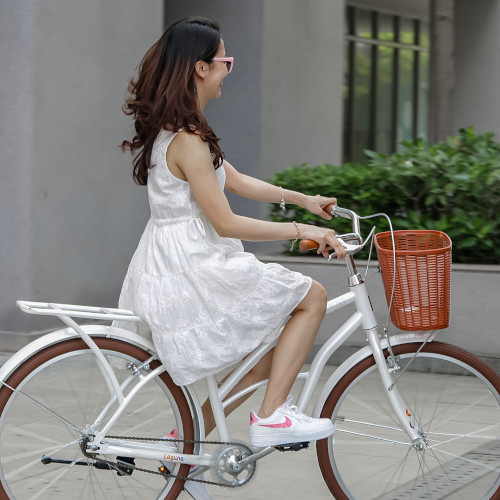
If you’ve made sure that your forearms and wrists are straight but you’re still having numbness or tingles, you may need a more supportive style of grip, such as the ergonomic styles offered by Ergon or SQ-Lab.
There are multiple options in-store, so come in and have a squeeze. (Of the grips. Not the staff. Unless we've given permission.)
Tip Two: Check your core
Posture is often overlooked in cycling, but it’s a fast way to make sitting on a bike more comfortable, especially if you pay attention to your core.
In addition to wrist positioning, a weak or unsupported core can be a major culprit in hand-pressure issues. If you’re slumping, it’s easy to put too much weight on the handlebars, rather than properly supporting your bodyweight on your saddle.
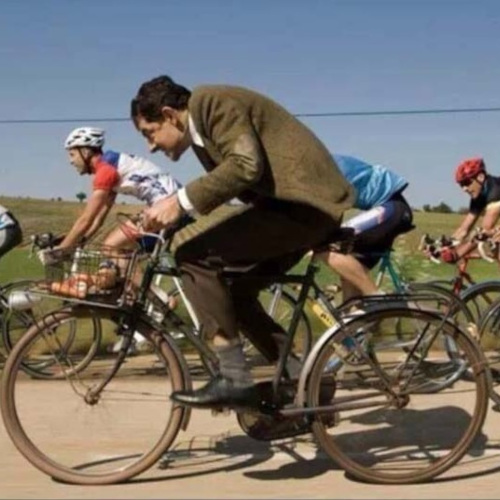
There are two simple ways to fix your posture and make cycling more comfortable:
- Keep your core gently braced while riding. Now, when we say ‘gently’, that’s what we mean – don’t go into full Hulk mode. Pull your pelvic floor up with control, almost like you’re drawing yourself up from the saddle. If you feel like your breathing is restricted, you’re bracing too hard, so back it off.
- Keep your chest open. (You may find that this happens naturally if you’re bracing your core properly.) Hunched shoulders not only contribute to neck and upper body problems but also make it harder to get a full inhalation. Relax your shoulders and drop them down. Think of the open chest position as a proud stance – comfortable and open, without arching your back or hyperextending your spine. Your lungs and upper body will be much happier.
If you can add some dedicated core training to your routine, it will be a huge help – both on the bike and off. Many gyms and physiotherapists offer core-specific training or Pilates classes, so give it a go. There are online options as well, which are perfect if you’re time-pressed or too shy to go in person. You’ll work muscles you never knew you had.
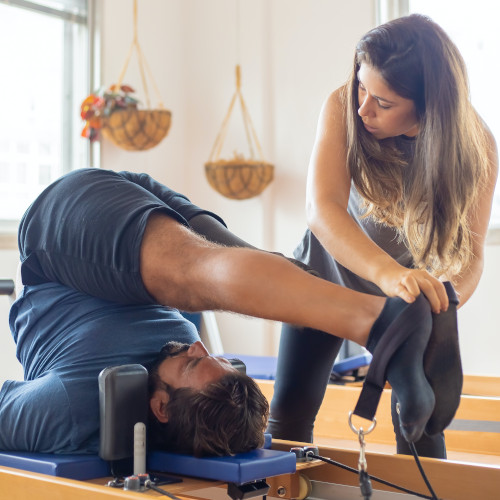
Tip Three: Check your knicks
If you’re a road rider, touring cyclist, or an all-day gravel peep, you should be wearing knicks or padded shorts. (If you’re not, go and get some.)
If you’ve been wearing knicks/shorts for a while, however, when’s the last time you had a good look at them? When new, padding is a godsend as it gives a comfortable cushiony barrier between your saddle and your soft bits. With use, though, this chamois breaks down until you’re basically sitting on a thin lumpy wad. An old, worn chamois is not only uncomfortable but can also sometimes make things worse as you’re sitting on extra bumps and lumps.
Have a look at your chamois foam -- does it still have some spring to it? If it doesn’t, it’s pretty much dead. Similarly, if you can see signs of wear – loose stitching, saggy grippers – this piece of clothing is due for retirement.
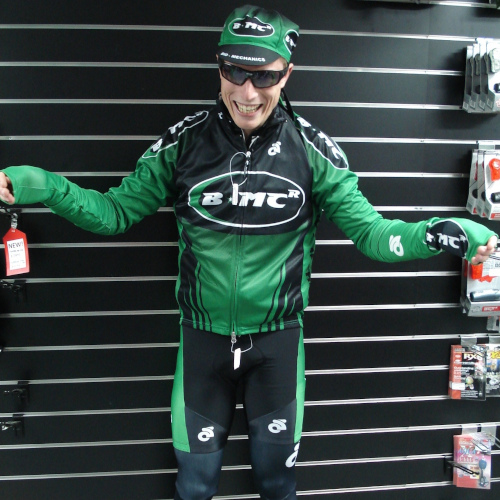
Here's a fun thing for roadies to try: hold your knicks up to the light. Can you see through them? If so, then so can other people (particularly drivers with their headlights on). Glorious though your peachy cheeks may be, it’s time for new knicks. Go see the guys at Cycle Closet. (Tell them BMCR sent you.)
Our friends at La Velocita also have a very interesting read on chamois design. It's worth checking out, especially if you don't think that padding has much of an effect on making your bike riding more comfortable.
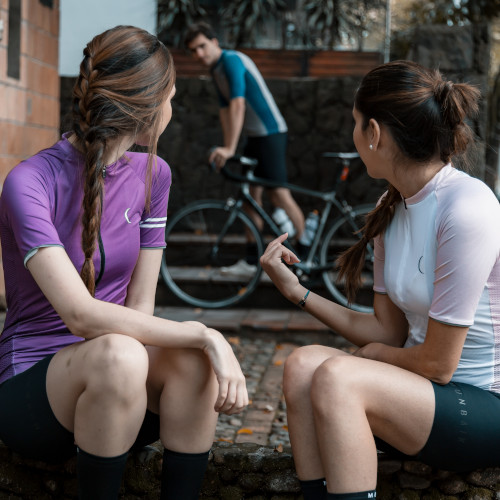
Bonus BMCR tip: post-ride, chuck your cycling clothes in a bucket with a little fabric softener or white vinegar as a pre-wash soak. It'll help them last longer, and will also keep them smelling fresh. No-one wants to be the stinky one in the peloton.
Tip Four: Check your saddle
Saddles can be tricky to get right, as fit and comfort are individual to each person. For example, Pete’s favourite saddle is the Tune Komm Vor Plus -- which is basically a single sheet of carbon -- whereas Lia prefers a bit more shape under her sit bones.
Let’s start with saddle type. A common mistake for people new to bike riding is to go for the biggest, puffiest saddle they can find. Oddly enough, this is not guaranteed to make bike riding more comfortable, and can actually make it worse.
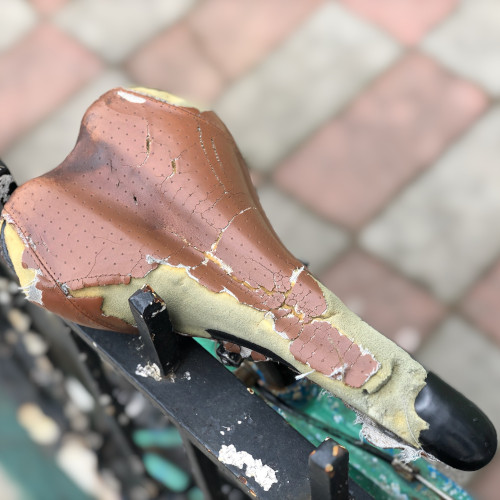
Look at your bike from the side and see where your handlebars are in relation to your saddle height. If you’re riding in quite an upright position, then you can get away with a slightly wider saddle. If you’re in a more aggressive or aerodynamic position, such as on a dedicated road or triathlon bike, err to the slimmer side of things. A stepped design is also often very useful as it alleviates pressure on your soft tissue at the front.
While it used to be common practice, it’s now extremely rare for brands to provide demo saddles, so if you get the chance to test one out on someone else’s bike (or a generous friend lets you borrow theirs for a little while), do so.
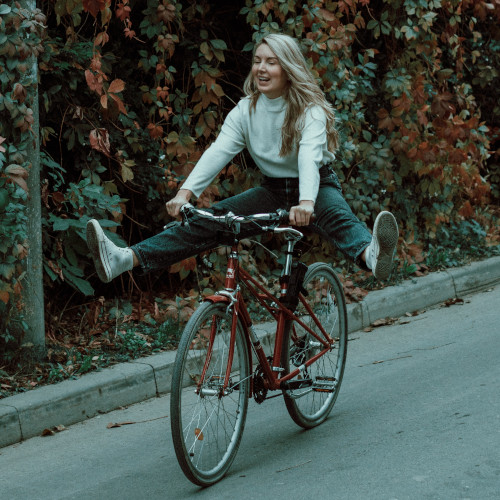
Next is saddle position. While a professional bike fitting is the best way to dial in saddle position (it can be very hard to get it right by yourself), here are a couple of things to try first.
If you're contantly slipping forward on your saddle and having to push yourself back into position, experiment with raising the nose of the saddle slightly. Take an Allen key along on your next ride and try bringing the nose up a millimetre or two at a time until the slipping sensation disappears.
The added bonus here is that this adjustment can also help to aliviate the previously mentioned hand-pressure issues. By not having to use your hands to stop yourself from sliding forwards, you can remove a large amount of stress and tension from your upper body, and your hands can now perform the task they're meant to (e.g. steer your bike).

At the other end, are your soft bits getting squished? Perhaps you’re starting to doubt whether you’ll ever be able to have kids? You’ll want to try bringing your saddle nose down. Again, take an Allen key with you and drop the nose a millimetre or two at a time until the soft tissue pressure reduces but before you start to feel like you’re falling forward – you’re looking for that sweet spot in between.
With these angular adjustments, if you simply can't find a spot where you aren't sliding forward without incurring soft tissue pressure (or vice versa), you may need to look a an alternative saddle because the shape of your current saddle may simply be wrong for your anatomy.
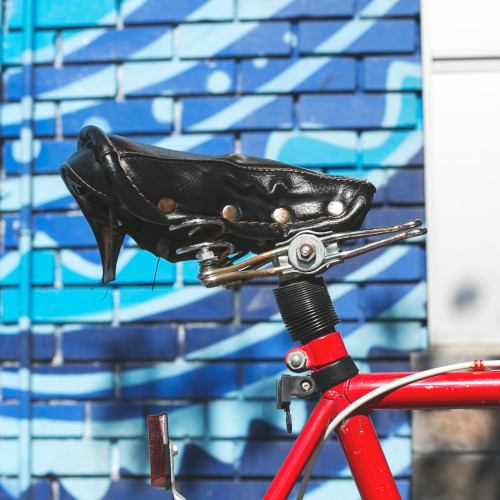
If your knees are hurting, it could mean that your saddle height is too low. Try bringing it up a few millimetres at a time to see if that helps. Conversely, if your hips rock from side to side, this is a pretty sure sign that your saddle height is too high. (Trust us: it’s no threat to your masculinity to have your seat at a sensible level. Not everyone is over 6'.) Bring that sucker down until you can pedal smoothly without tipping your pelvis from side to side. Your legs should be comfortably straight (i.e. have a very slight bend at the knee) when your feet are at the bottom of the pedal stroke.
As we said before, saddle position is a hugely complex area – we haven’t even gotten into cleat positioning yet – so if you’re a regular cyclist, we highly recommend getting a professional bike fit. You’ll be amazed at how much difference a few millimetres can make to your comfort and performance.
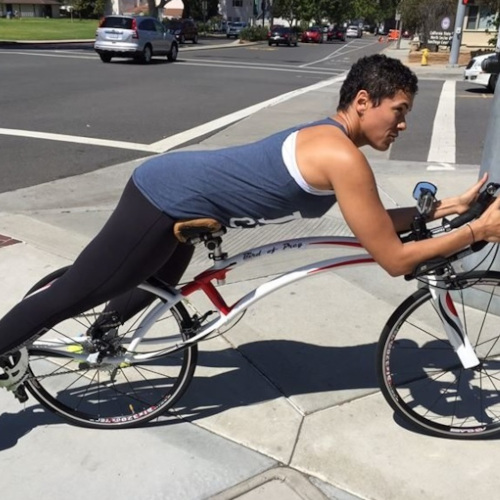
Tip Five: Check yo’self (before you wreck yo’self)
An unexpected side effect of riding a bike (besides automatically becoming more attractive, of course) is that it can often highlight tight spots in your body that you may not have previously been aware of. If your ITBs are super-tight, you probably won't notice it while wandering around but you will absolutely notice it when you’re out of the saddle and grinding up a hill.
You know what fixes these issues? Stretching.
The problem is that stretching, like filing paperwork or cleaning out the fridge, often gets pushed to the back of the to-do pile. And, like most mundane but necessary tasks, the longer you put it off, the worse your problems are going to get.
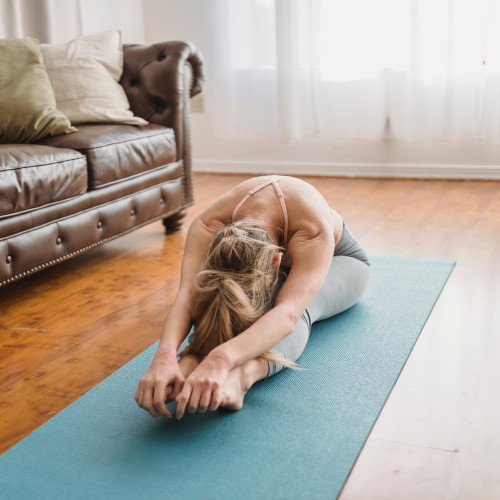
The good news is that you can save yourself a huge amount of pain, time and trouble by incorporating some simple stretches into your weekly routine. Don’t know where to begin? We’ve got you covered:
- Start here - Best Stretches for Cyclists
- Don't forget everyone's favourite piece of apparatus
- Stretching in cold weather? You need this.
Bonus BMCR tip: pay particular attention to your hips. Bike riders often just think about their quads and hamstrings, but your hips play a much bigger role in pedalling than you might think, and tightness here can also show up in different parts of your body.
Give your hips (and rest of you) some love, and see how much easier your cycling becomes as result. After all, the best bike setup in the world won’t do much good if your hamstrings are so tight you can’t do up your shoelaces.

In conclusion
So there you have it: wrists, core, padding, saddle, and stretching -- five areas that are easy to address at home, and can make all the difference to your bike-riding comfort.
Remember: a two-minute fix might be all you need to save you from looking for another bike or (horror!) not cycling at all.
Get comfy, and get happy!
Got a bike-related niggle that you just can't get sorted out? We're here to help.

